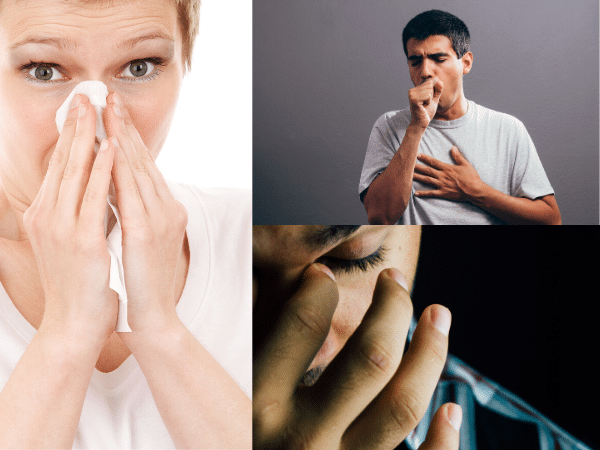Let’s talk coronavirus (COVID-19)…click here to learn what you can do to protect yourself—both on the outside (e.g., immune-protective practices) and inside (e.g., immune-boosting foods and lifestyle habits).
Coronavirus arrives in the U.S.
The first confirmed case of COVID-19 in the U.S. was reported by a 35-year-old man in Washington state on January 20, 2020.1 As of Sunday, March 1, 2020, the coronavirus, or COVID-19, officially arrived in New York City via one confirmed case—a Manhattan woman in her late 30s who contracted the coronavirus while traveling in Iran. As I write this post, there are 22 confirmed coronavirus cases in New York. As this is a rapidly evolving outbreak, here is a link to real time data on the coronavirus. This is the link to the official (daily) World Health Organization’s Situation Report, broken out by country.
Coronavirus (COVID-19) guidelines
The following information wasa culled from the World Health Organization (WHO), Centers for Disease Control (CDC), and other footnoted sources.
What exactly is a coronavirus?
Coronaviruses belong to a family of viruses that can cause illness in animals or humans. In humans, some coronaviruses can cause respiratory infections, from the common cold, to more serious acute respiratory infections, like Severe Acute Respiratory Syndrome (SARS), which triggered a global outbreak in 2003.2
When initial reports of acute respiratory syndrome—linked to China’s Wuhan municipality—first surfaced at end-December 2019, the Chinese authorities identified the culprit as a “novel” coronavirus because it was a new strain not previously found in humans. On February 12th, the novel coronavirus was named SARS-CoV-2; and, the disease associated with it is now referred to COVID-19.3
What are the symptoms of COVID-19?
Common symptom are fever, fatigue and dry cough. Other symptoms are similar to the flu: aches and pains, nasal congestion, runny nose, sore throat or diarrhea. Symptoms are usually mild and gradual. Some people may be infected but do not develop any symptoms. Most people (apx. 80%) recover without needing special treatment. To date, apx. 2% of people with COVID-19 have died.4
When should you seek medical care?
If you have fever, cough and difficulty breathing.5
Who is most at risk for developing serious illness?
The elderly (fatalities were highest for those aged 80 and older). Others at risk include those who have existing health conditions and/or a compromised immune system, such as heart disease (which ranks as #1), followed by diabetes, chronic respiratory disease, hypertension and any kind of cancer.6 As this is a rapidly evolving situation, you may also want to check out the Center for Disease Control’s current risk assessment.
How does COVID-19 spread?
Through respiratory droplets from the nose or mouth, when someone with COVID-19 coughs or exhales. These droplets may land on you, surfaces or objects. COVID-19 can spread when you then touch your eyes, nose or mouth after contact in one of the aforementioned ways.7
What can I do to protect myself?
The #1 thing you can do to protect yourself? Do not surrender to fear, panic and mass hysteria. Stress makes us more vulnerable to infections. Stress elevates cortisol levels, increasing inflammation in the body. Stress also decreases lymphocytes, a type of white blood cell that helps fight infection—from viruses, bacteria and toxins. The lower your level of lymphocytes, the more susceptible you are to viruses.8
You can adopt immune system-protective practices (e.g., frequent hand-washing; make your own non-toxic hand sanitizer). Most importantly, you will want to make food and lifestyle choices that support your immune system. Strengthening immunity is an inside job. While hand-washing can help prevent spreading of the virus, you may still be susceptible to getting a virus IF you are not boosting your immune system from the inside out. READ MORE HERE.
Delicious ways to boost your immune system
Basque-Style Cod with Spicy Garlic Sauce
Oven-Roasted Kabocha Squash Fries
Quick and Easy Broiled Sardines
Hot Curry Cauliflower Rice
Simple Immune-Boosting Salad


